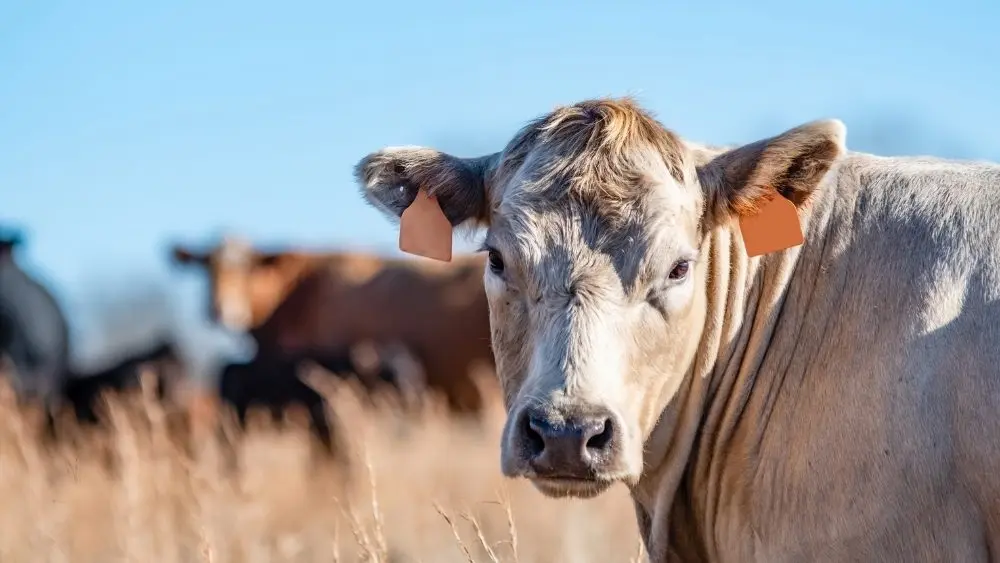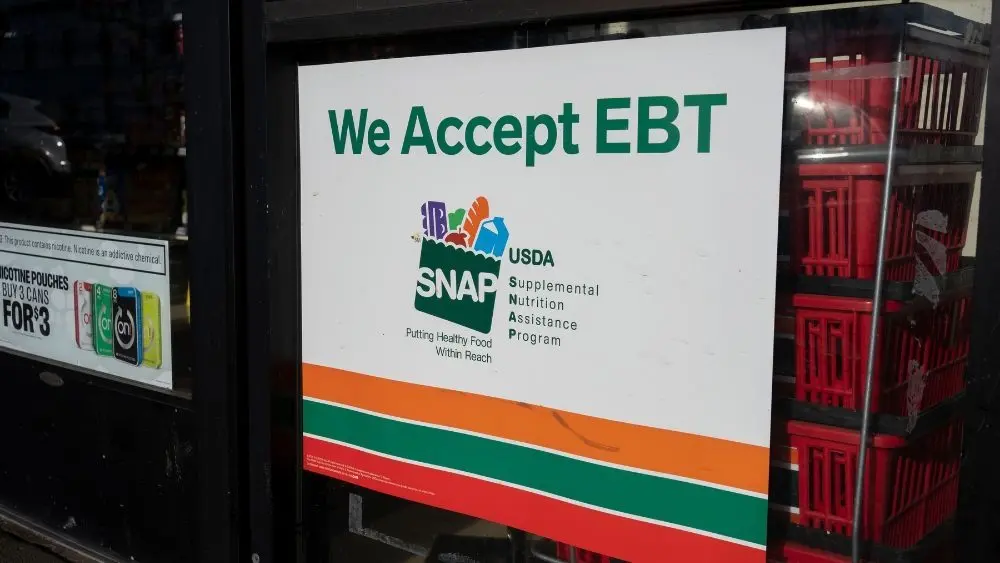(NASHVILLE, TN) — Amid all of the outside noise in the cattle markets this week, one factor still remains…….tight supplies and high demand for beef.
“I think if there was a professor teaching economics 101 this year, the last couple of years of the beef industry would be a really good example of supply and demand at work and markets at work,” according to Charley Martinez, Assistant Professor of Agricultural and Resource Economics at the University of Tennessee. “We’ve had a herd over the last couple of years that was liquidating because of various reasons. Majority of it was drought driven.”
Martinez says we’ve seen a decrease in total supply almost quarterly but an incremental increase of carcass weights going up, offsetting some of the supply with increased weights.
“Well, then, if we continue to follow that meat down to the to the to the retail base every month this year, we have set a new record in retail price. And when we finished last year in 2024, it was the best year in the last twenty five years with regard to our beef retail demand. And then every quarter this year so far, we’ve actually surpassed last year in terms of a demand index number,” according to Martinez. He added that “And whenever you have really strong U.S. consumer beef demand and you have really low cattle supply numbers, that’s what we’re going to arrive at is prices increasing because you have supply going down, which is a price increase maker. And then you have demand going up, which is also a price increase maker. And so we’re kind of seeing that come to fruition.”
Martinez says that it seems we are starting to see more consumers switch from steaks to more ground beef, cross cut ribs, etc. It seems they are switching within beef, not out of beef, at the retail meat case.
On the question of bringing in more beef imports to help offset costs at the retail meat case, Martinez doesn’t think that will necessarily move the needle all that much.
“I think people started thinking, well, hold on, Argentina doesn’t really produce as much as as, let’s say, a Brazil. Do they really have the capacity to bring in enough beef to where it would really alter any of the prices? I think the short answer is no,” according to Martinez. “You know, they’re 25 percent of what we are in terms of total beef production whenever you compare Argentina to to the U.S. And so I don’t think, you know, just quadrupling, for instance, quadrupling imports from Argentina, I don’t think really moves the needle in terms of a price altering amount that would come in.”
Our conversation with Martinez also featured discussion on the beef cutout and risk management thoughts for producers. You can watch the full conversation below and also read more recent work from Martinez in regards to the cutout in an article for Southern Ag Today here: https://southernagtoday.org/2025/10/14/a-check-in-on-the-beef-cutout/





